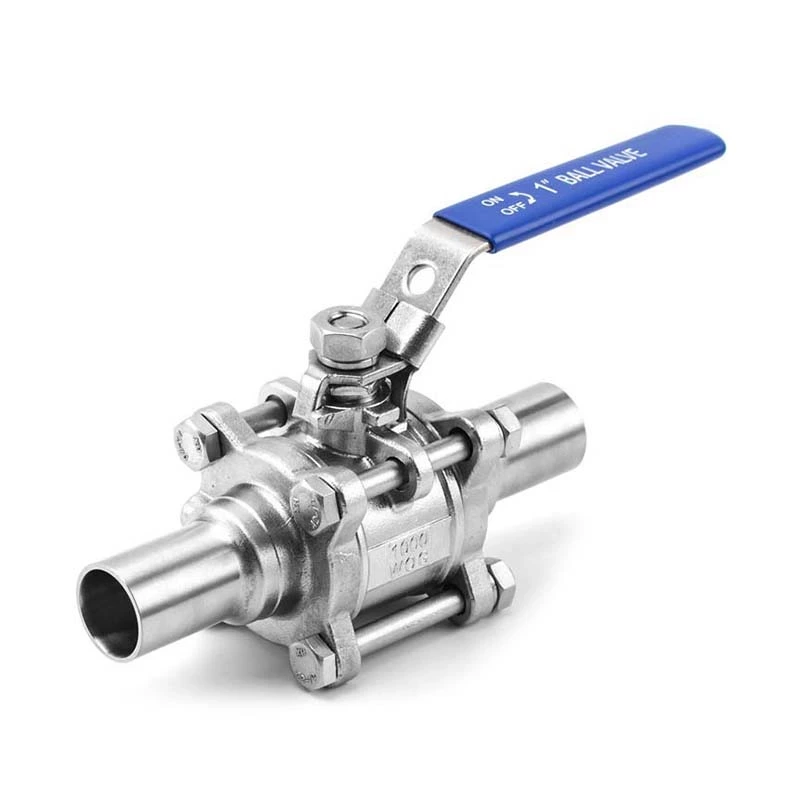How Does A Sanitary Double-seat Mixproof Valve Ensure That Fluids Will Not Leak Or Be Contaminated?
Sanitary Valve is a sanitary pneumatic single-seat double-seal mixproof valve designed for safety and leak detection when two different products flow through only one valve. The valve is often used as a component in a CIP return pipe or other system that does not encounter pressure peaks to provide leak detection to ensure greater safety.
Sanitary double-seat mixproof valves are widely used in sanitary applications before heat treatment in the dairy industry or in sanitary applications such as fermentation and tank storage areas in the brewing and beverage industries.
Sanitary double-seat mixproof valves ensure that the fluid will not leak or be contaminated during transmission through their excellent design and characteristics. Here is a detailed description of how this is achieved:
1. Double seal design:
♦ The sanitary double-seat mixproof valve is designed with two independent valve core seals, which means that there are sealing guarantees at two key locations of the valve.
2. The role of the leakage chamber:
♦ Under normal working conditions, a leakage chamber that is connected to the atmosphere will be formed between the two seals. This leakage chamber plays a key role in the operation of the valve.
♦ In the event of an accident or product leakage that may occasionally occur, the product will flow into this leakage chamber and then be safely discharged from the discharge port. This process prevents the product from mixing with other substances in the pipeline, thereby avoiding contamination.
3. Sealing of the valve in the open state:
♦ When the valve is in the open state, the leakage chamber is closed, which ensures that there is no product overflow during the normal operation of the valve. Therefore, the fluid can flow safely from one pipeline to another without worrying about leakage.
4. CIP cleaning function:
♦ This type of valve supports the CIP (cleaning in place) system to thoroughly clean the upper and lower valve stems and the leakage chamber. This cleaning method ensures high hygiene standards inside the valve and further reduces the risk of contamination.
♦ The cleaning operation is efficient and convenient, which can ensure that the direct flushing of professional fluids in place can reach all surfaces, thereby improving the cleaning effect.
5. Technical specifications and materials:
♦ Sanitary double-seat anti-mixing valves are usually made of materials that meet hygiene standards such as stainless steel, ensuring the high hygiene performance of the valve itself.
♦ Sealing materials usually use EPDM, HNBRFPM, SILICON, etc., all of which have excellent sealing and corrosion resistance
6. Comply with international certifications and standards:
♦ Sanitary double-seat anti-mixing valves usually comply with multiple international certifications and standards, such as 3-A, PED/97/23/ECFDA, etc. These certifications and standards ensure that the valves follow strict hygiene requirements during design and manufacturing.
In summary, the sanitary double-seat anti-mixing valve ensures that the fluid will not leak or be contaminated during transmission through its double seal design, the role of the leakage chamber, the CIP cleaning function, and the materials and manufacturing processes that comply with international certifications and standards.
